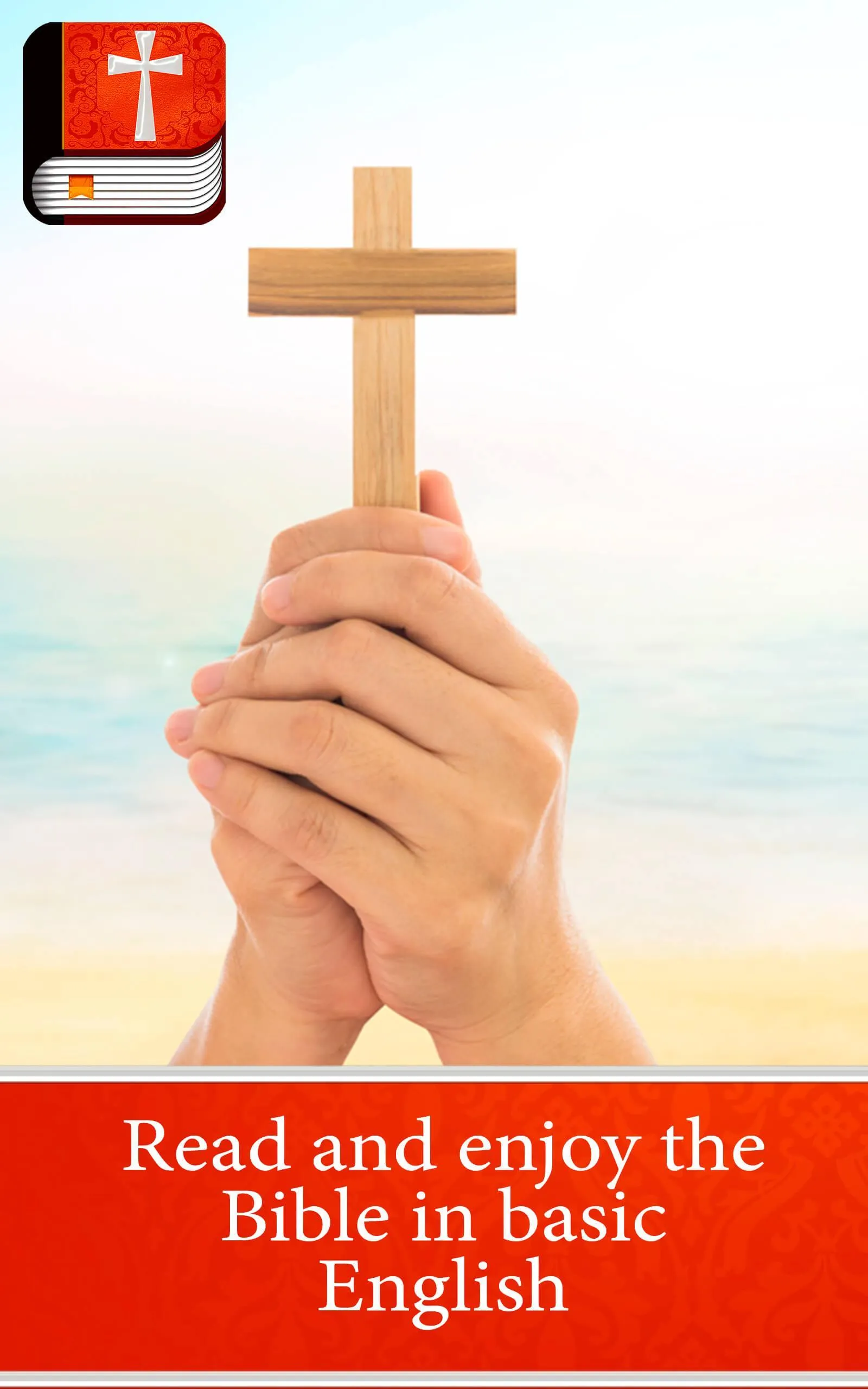Discovering the Best Bible Translations for Beginners: A Guide to Easier Understanding
For those looking to deepen their understanding of Christianity or explore the teachings of the Bible, one question often arises: what type of Bible is the easiest to understand? With so many translations available, it can be overwhelming to decipher which one will best suit your needs.
In this article, we will explore the different translations of the Bible and offer insight into which ones are the easiest to understand for beginners. We will also discuss the pros and cons of each translation and provide tips on how to approach and read the Bible for better understanding.

Whether you are a seasoned Christian or just beginning to explore the faith, this article is sure to provide valuable insights and guidance. So keep reading to learn more!
The different translations of the Bible.
For those seeking to deepen their understanding of Christianity, the Bible is an invaluable resource. However, with so many different translations available, it can be difficult to decide which one is the best fit for your needs.

When considering which translation to choose, it’s important to keep in mind that each one has its own unique strengths and weaknesses. Some translations prioritize accuracy in translation above all else, while others strive for readability and accessibility.
For those who are new to Christianity or who may struggle with more complex language, translations such as the New Living Translation or The Message may be a good place to start. These versions prioritize easy-to-understand language over strict adherence to the original text.
On the other hand, if you are looking for a more scholarly approach and want a translation that stays true to the original writing as much as possible, versions such as the New American Standard Bible or English Standard Version may be more appropriate.
Ultimately, there is no single “best” translation of the Bible; it all depends on your individual needs and preferences. It may even be beneficial to consult multiple translations in order to gain a deeper understanding of certain passages or concepts.
Regardless of which version you choose, what’s most important is that you approach reading and studying the Bible with an open mind and heart. With dedication and perseverance in your study of this holy text, you will undoubtedly gain profound insights into Christianity and its teachings.
Which translations are the easiest to understand for beginners?
For those new to Christianity, choosing a Bible translation can be overwhelming. With so many options available, it’s important to select a version that is easy to understand without sacrificing accuracy.
One popular choice for beginners is the New Living Translation (NLT). This translation uses modern language and is written in a clear and concise manner, making it accessible for readers of all ages. The NLT also prioritizes readability over literalness, which can help readers grasp the meaning of complex passages.
Another option is the Common English Bible (CEB). This translation was specifically designed to be easy to read and understand while still remaining faithful to the original text. The CEB uses common phrases instead of archaic language, making it more relatable for contemporary readers.
For those who prefer a more traditional approach, the New International Version (NIV) may be a good fit. While not as modern as other translations on this list, the NIV remains one of the most widely used versions due to its accuracy and readability.
Ultimately, choosing a Bible translation comes down to personal preference. It’s important for beginners in Christianity to find a version that speaks directly to them and helps them connect with their faith on a deeper level.
The pros and cons of different translations.

When it comes to Bible translations, there are a plethora of options available, each with their own pros and cons. As someone who is learning more about Christianity, it’s important to consider which translation will best suit your needs.
One of the most popular translations is the New International Version (NIV), which aims for a balance between accuracy and readability. It uses modern language and strives for clarity, making it easy to understand for many people. However, some critics argue that its focus on readability sacrifices some of the original meaning and nuance of the text.
On the other end of the spectrum is the King James Version (KJV), which is known for its poetic language and formal style. It’s widely regarded as one of the most accurate translations available, but its archaic language can be difficult for some readers to comprehend.
Another option is the New Living Translation (NLT), which prioritizes ease-of-reading above all else. This makes it ideal for those who are new to Christianity or may struggle with understanding complex texts. However, this simplicity can also lead to oversimplification or loss of meaning in certain passages.
Ultimately, choosing a Bible translation comes down to personal preference and what you hope to gain from your reading experience. Do you value accuracy above all else? Or do you prioritize ease-of-reading? Consider your goals as well as feedback from trusted sources before making your decision.
Tips on how to approach and read the Bible for better understanding.
When it comes to reading the Bible, many people struggle with understanding the complex language and intricate themes presented in its pages. However, there are a few tips that can help make this ancient text more accessible and relatable.
One of the first things to consider is which version of the Bible to read. For those new to Christianity or struggling with comprehension, a modern translation such as the New International Version (NIV) or English Standard Version (ESV) may be easier to understand than older translations like the King James Version.
Another helpful tip is to approach each passage with an open mind and heart. It’s important not to get bogged down in trying to decipher every single word or phrase, but instead focus on how each passage relates to your own life and experiences.
Additionally, seeking guidance from trusted sources such as religious leaders or study groups can provide valuable insights and interpretations that may not be immediately apparent through individual reading alone.
Ultimately, approaching the Bible with humility, an open mind, and a willingness to learn can lead to deeper understanding and personal growth within one’s faith journey.
Conclusion

In conclusion, the type of Bible that is easiest to understand for beginners can vary depending on personal preference. Ultimately, it’s important to find a translation and method of reading that works best for you so that you can gain deeper insight into the teachings of Christianity. Regardless of which version or approach you choose, always remember to keep an open mind and trust in God’s Word as He guides your spiritual journey.















